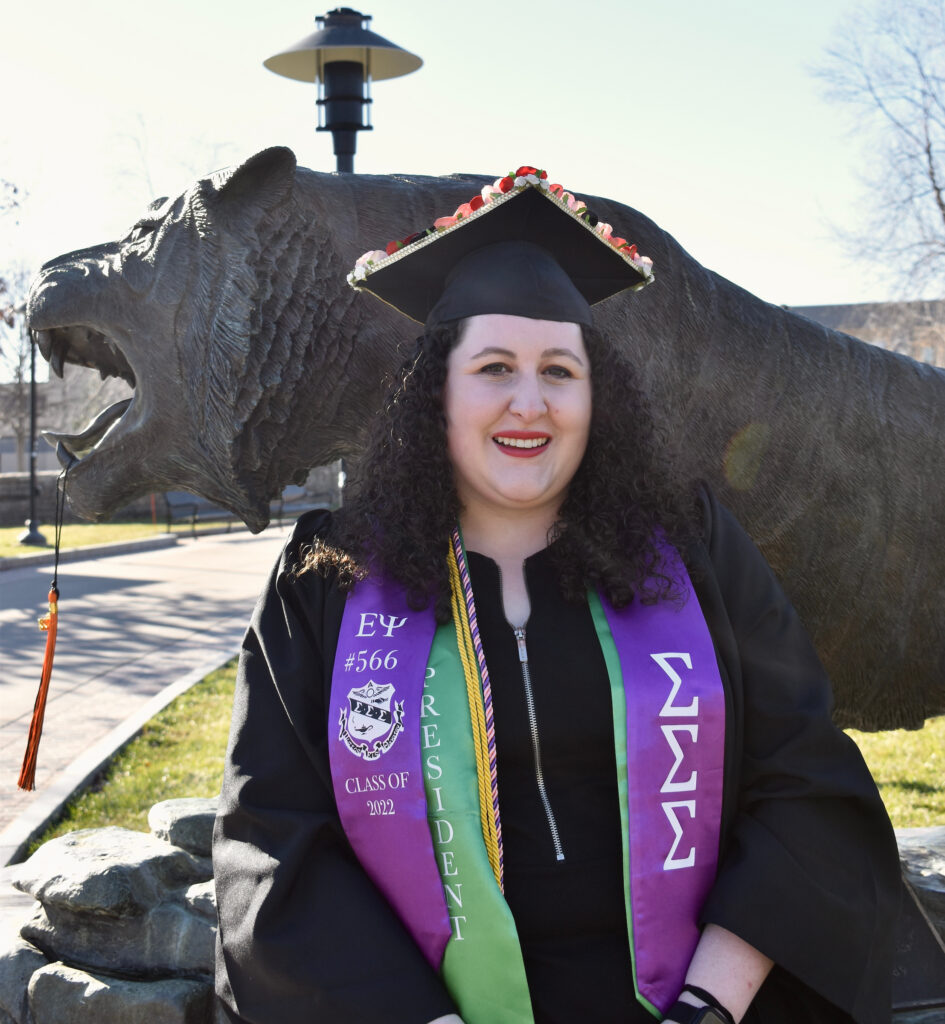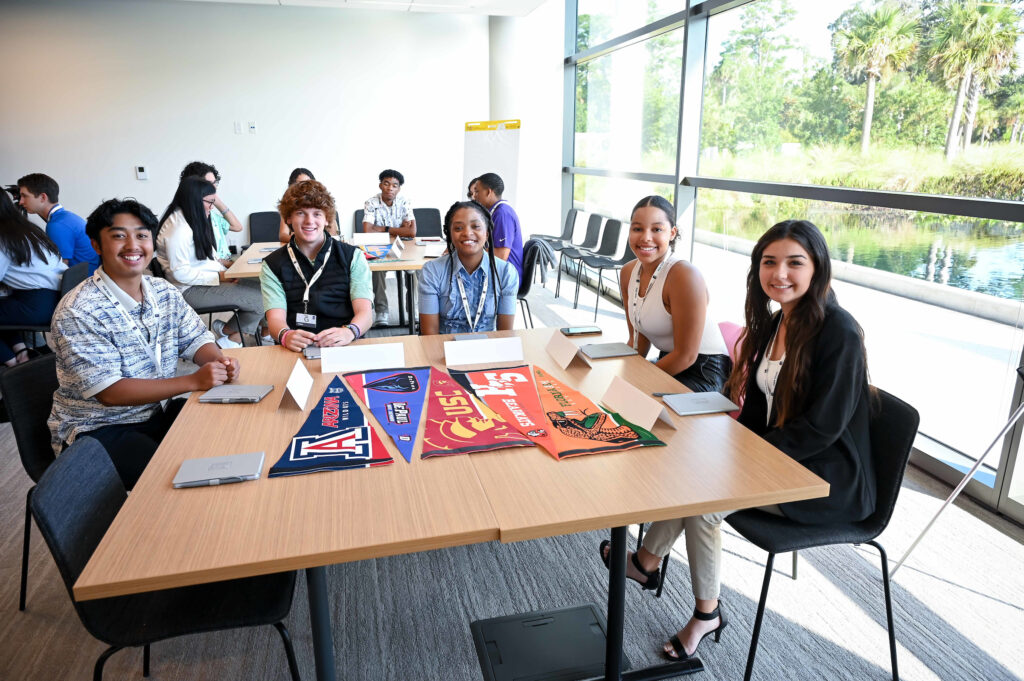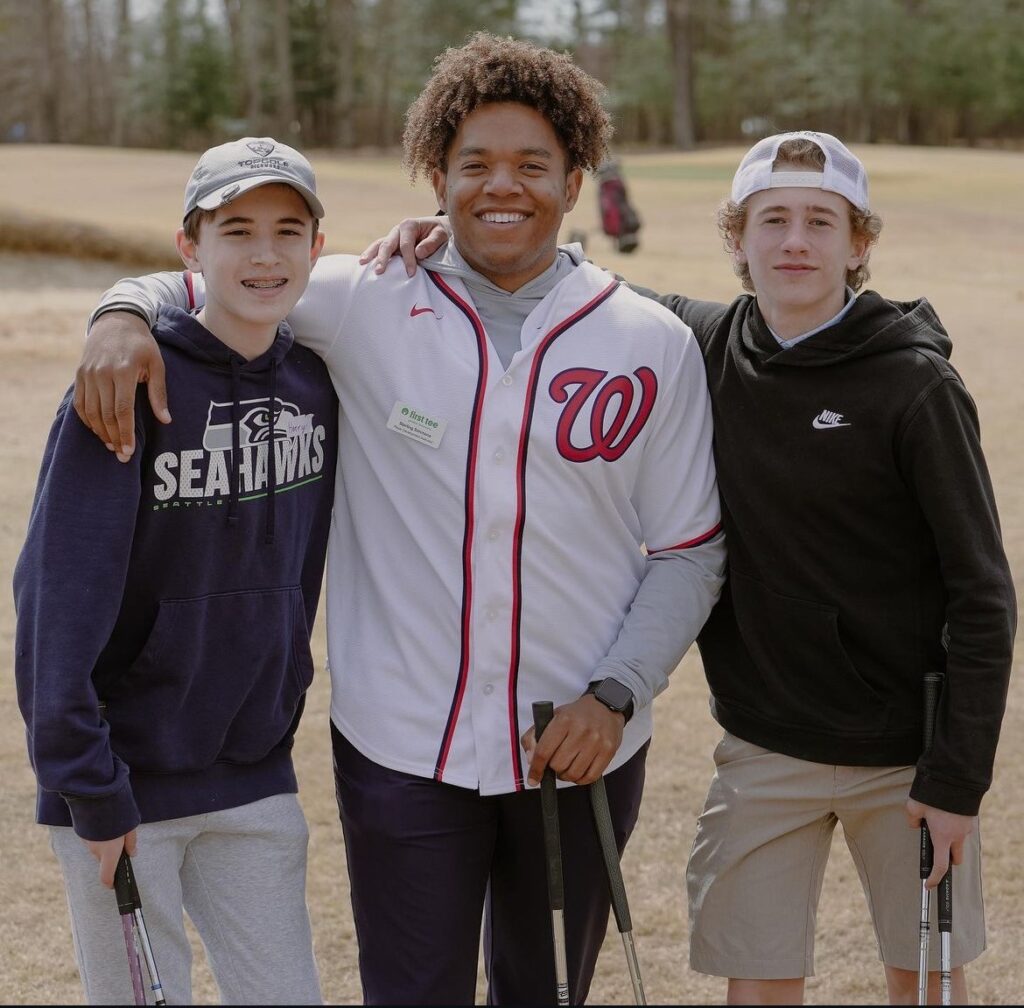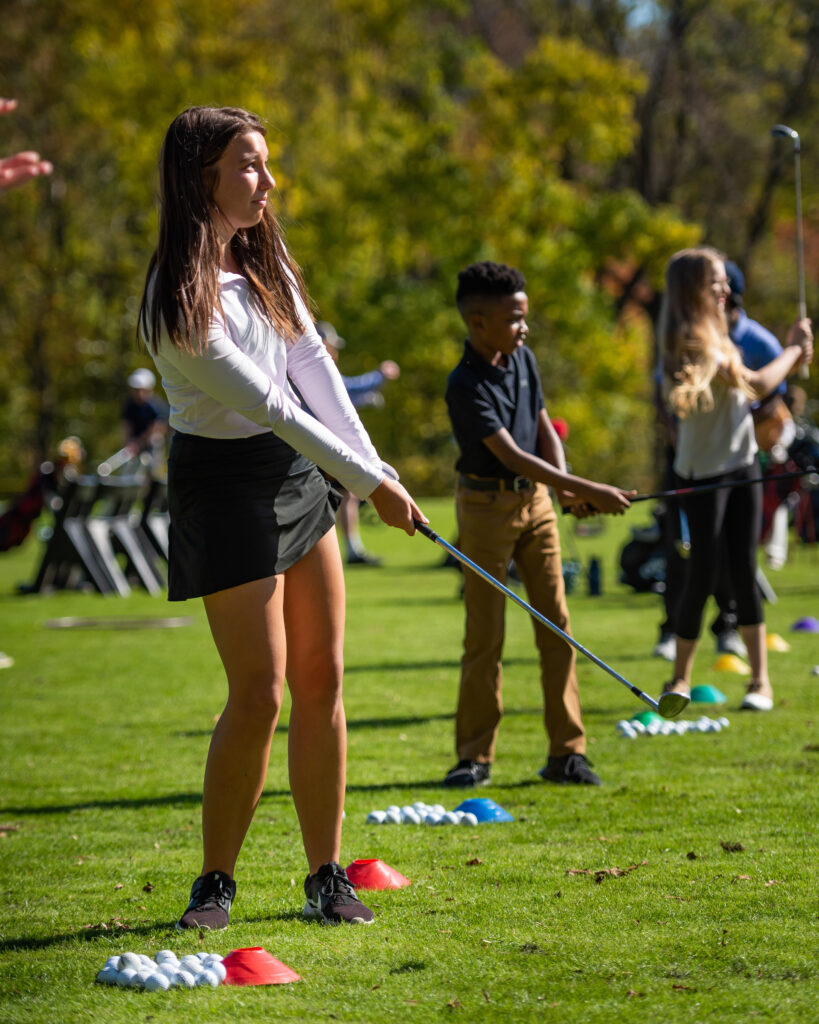Debuting during First Tee Week, the national “Dear Coach” PSA underscores the lifelong impact of youth sports coaches and calls on communities to celebrate their role in shaping the next generation.
Ponte Vedra Beach, Fla. (May 21, 2025) – As part of its inaugural First Tee Week celebration, leading youth development organization First Tee has announced a powerful new public service campaign titled “Dear Coach.” The campaign honors the thousands of First Tee coaches across the country who use the game of golf to help kids and teens build character, confidence and resilience.
Airing nationwide on digital and social platforms, the PSA features heartfelt messages from kids that showcase the deep and lasting impact of coaches, who are often described by parents as the “unsung heroes” of youth development. Additionally, First Tee participants and alumni will be sharing their personal stories through social media and First Tee’s website.
“A great coach does not just teach the game of golf but also the incredible life lessons and values that are inherent to the sport, including believing in yourself, acting with integrity, building resilience and playing with sportsmanship,” said Jane Fader, senior vice president of marketing and communications at First Tee. “This PSA reflects the gratitude we hear every day from kids, parents and alumni about the coaches who helped them believe in themselves.”
Shot with real participants and coaches from First Tee – Metropolitan New York, the PSA is a centerpiece of First Tee Week, a national awareness campaign running May 19–25, designed to celebrate First Tee coaches and inspire communities to get involved in youth character development through sports.
In addition to the PSA, First Tee Week includes:
- Community activations and coach appreciation events at First Tee chapters across the country
- An alumni event at the PGA TOUR’s Charles Schwab Challenge, featuring a panel discussion on the impact of coaches
- Corporate partner engagement, spreading awareness across leading sports and media platforms
First Tee coaches undergo a robust training program grounded in positive youth development research and now serve kids at 150 chapters across the globe.










